Bamboo Flooring in Panama
Dec 3, 2025, 9:20 AM
Panama’s unique combination of tropical heat, coastal humidity, and growing urban development makes it an interesting and demanding environment for flooring materials. More homeowners, developers, and interior designers in cities like Panama City, David, and Colón are turning toward bamboo flooring for its sustainability, durability, and modern appearance. But while the popularity of bamboo is rising, so are the questions among Panamanian buyers about which types perform best, how to address moisture, and what installation methods are most reliable.
Why Bamboo Flooring Appeals to the Panamanian Market
- Rapid renewability: Bamboo grows much faster than traditional hardwood trees, making it a more sustainable option.
- Modern look: Available in a variety of tones and finishes, bamboo fits both contemporary apartments and tropical-style houses.
- Durability: When manufactured properly, strand woven bamboo is harder than oak and resists daily wear.
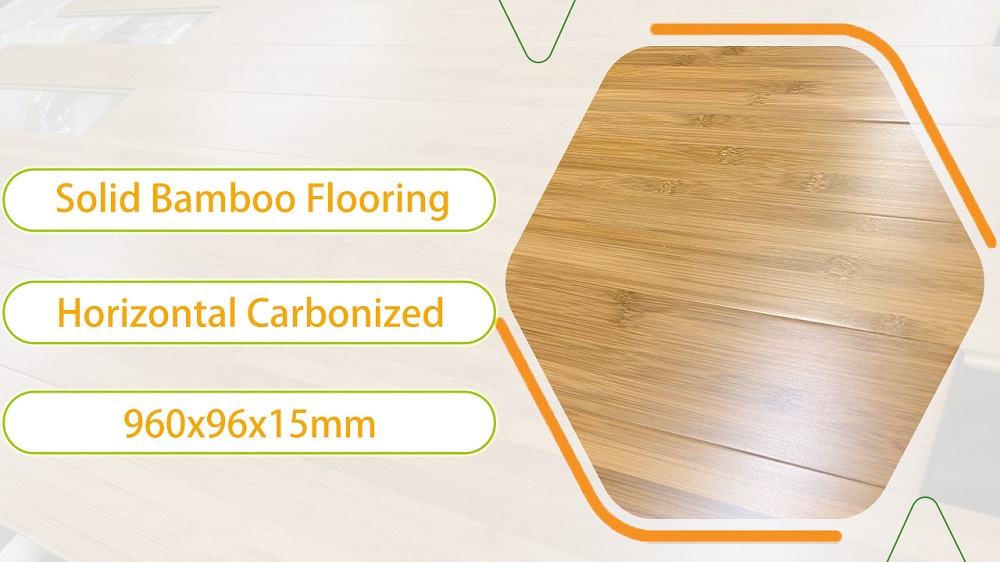



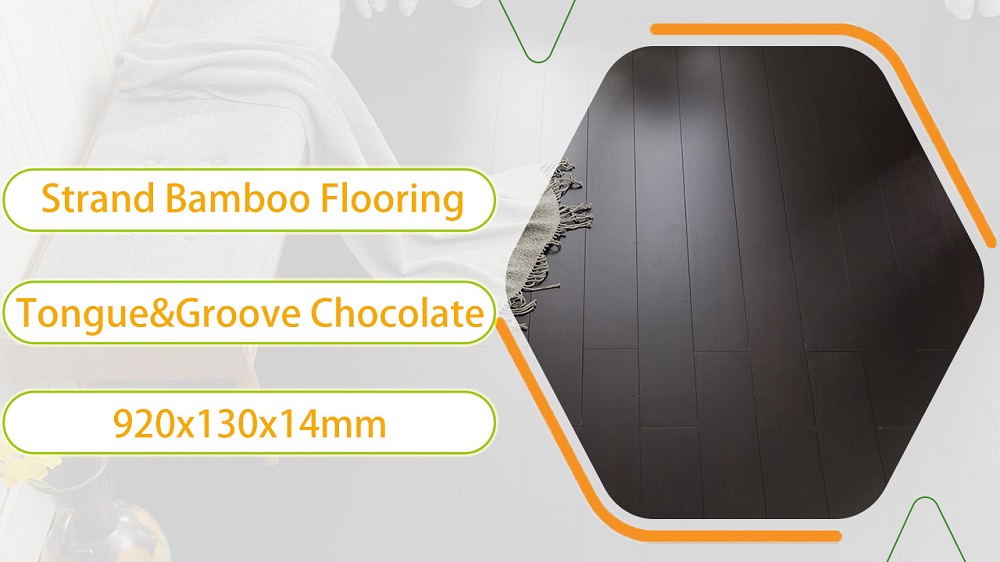
Popular Bamboo Flooring Styles in Panama
Bamboo flooring comes in several types and finishes, but not all are suited for Panama’s climate. Based on product performance and feedback from local distributors and installers, here are the top styles currently being used across the country.
1. Strand Woven Bamboo
- Ideal for high-traffic areas: Living rooms, hallways, hotel lobbies.
- More stable under humidity: Less prone to swelling or cupping.
Homeowners in Panama City appreciate strand woven bamboo for its clean lines and long lifespan, especially in apartments and high-rise condos where air conditioning keeps moisture relatively controlled.
2. Horizontal and Vertical Bamboo
These traditional types of bamboo flooring, while visually appealing, are less dense and not as moisture-resistant as strand woven or engineered options. They can still be used successfully in dry, well-ventilated areas, but require more careful installation and ongoing maintenance.
Key Concerns from Panamanian Buyers
1. Will Bamboo Flooring Handle Humidity?
Moisture is the top concern in Panama, especially in coastal and rainforest areas. High ambient humidity can lead to expansion, cupping, or mold growth if the flooring is not properly installed or treated.
Recommendation:
- Choose strand woven or engineered bamboo with moisture-resistant cores and finishes.
- Use a moisture barrier underlayment, especially over concrete subfloors.
- Acclimate the flooring in the installation space for at least 72 hours before installation.
2. How Does Bamboo Compare to Ceramic or Porcelain Tile?
Tile remains the most common flooring material in Panama due to its moisture resistance and cooling effect. However, bamboo offers a warmer, quieter, and more comfortable surface underfoot. When properly installed, bamboo is an excellent alternative to tile in bedrooms, living areas, and even kitchens—offering a softer touch without sacrificing durability.
3. Is Bamboo Prone to Termites?
Bamboo is naturally more resistant to insects than traditional hardwoods, but it’s not completely immune. The risk largely depends on how the bamboo is treated during manufacturing. Look for bamboo flooring treated with borates—a non-toxic method that offers protection against insects and fungi. Also, ensure that the subfloor is sealed and dry to avoid attracting pests.
Expert Installation Tips for Panama’s Climate
Floating Installation
This method involves locking the planks together without gluing them to the subfloor. It allows the flooring to expand and contract more freely.
1. Moisture Testing
Before installation, always test the subfloor for moisture content. Concrete should be fully cured and sealed before laying any bamboo flooring.
- Acceptable moisture levels: Concrete should be ≤ 4.5% moisture content (CM test).
- If moisture levels are high, use a damp-proof membrane or moisture barrier underlayment.
2. Acclimation Period
Allow the bamboo to acclimate in the installation space for 3–5 days. This helps the planks adjust to the local humidity and temperature, reducing the risk of movement after installation.
3. Expansion Gaps
Always leave a minimum 10mm expansion gap around the perimeter of the room and at all fixed objects. Bamboo expands and contracts with humidity, and these gaps prevent buckling.
4. Suitable Installation Methods
- Floating installation: Best for engineered bamboo with click-lock systems; ideal for condos and upper floors.
- Glue-down installation: Recommended for strand woven bamboo, especially on ground floors. Use moisture-resistant adhesive.
- Nail-down installation: Less common in Panama due to concrete subfloors, but possible on wood substructures.
Bamboo flooring offers a reliable, sustainable, and visually appealing option for homeowners and developers in Panama. With the right choice of product—particularly strand woven or engineered bamboo—and careful attention to installation and moisture management, it can perform exceptionally well in the country’s tropical climate.
Global Links
Brazil Bamboo Flooring Colombia Bamboo Flooring Costa Rica Bamboo Flooring Panama Bamboo Flooring Mexico Bamboo Flooring 竹のフローリング

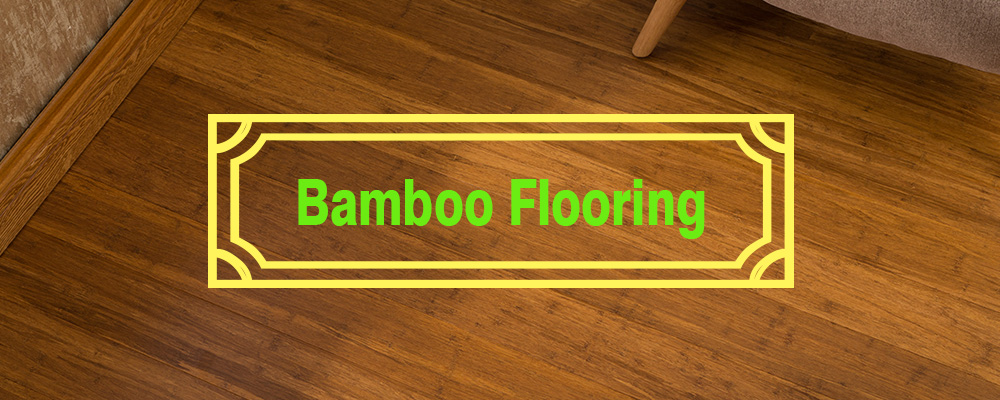


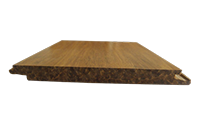
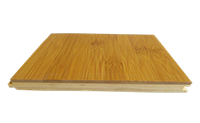
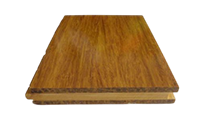
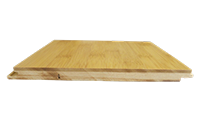
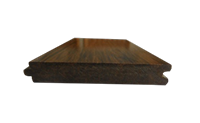


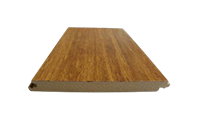
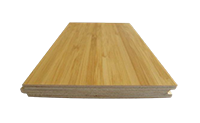

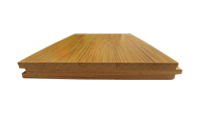

 皖公网安备 34180202000049号
皖公网安备 34180202000049号